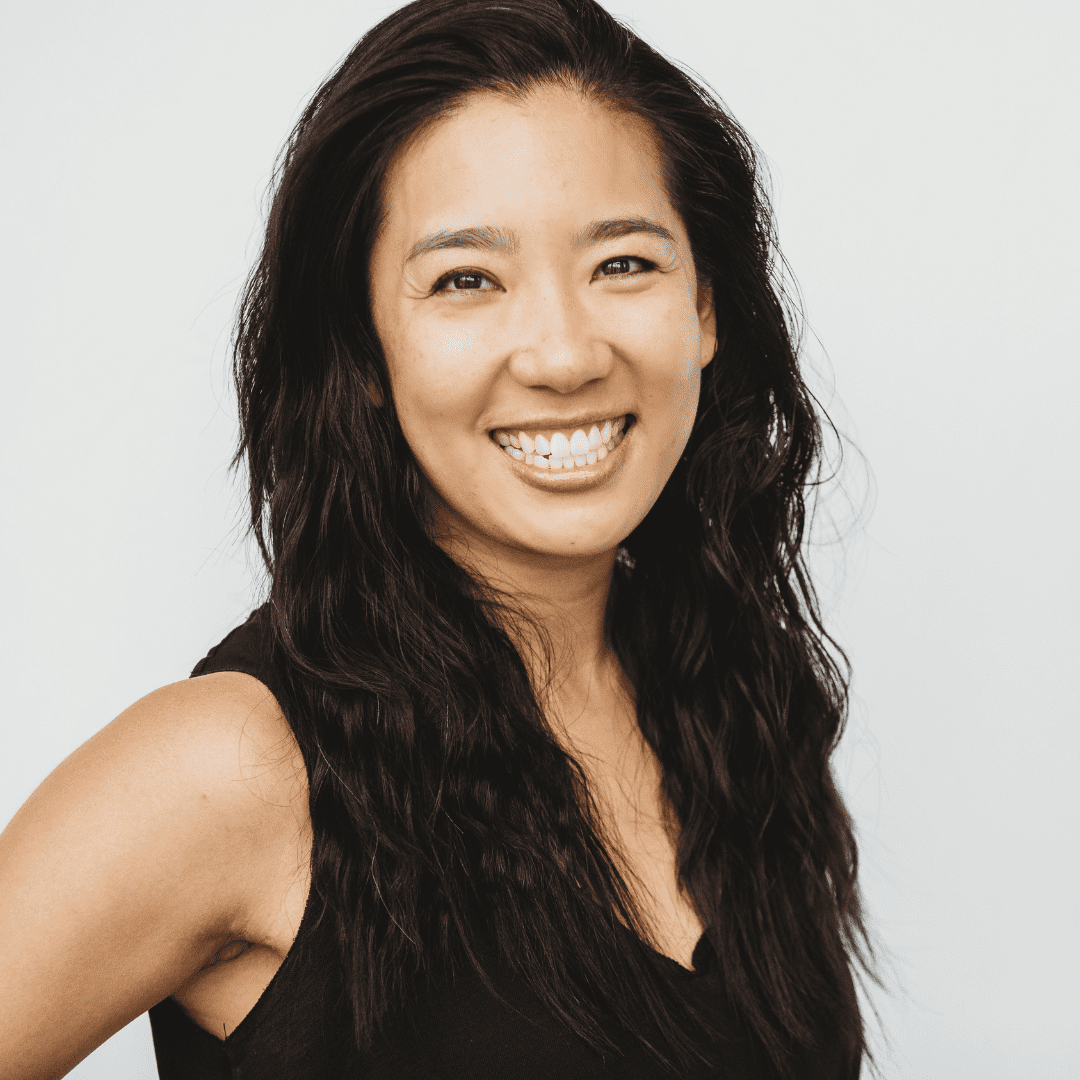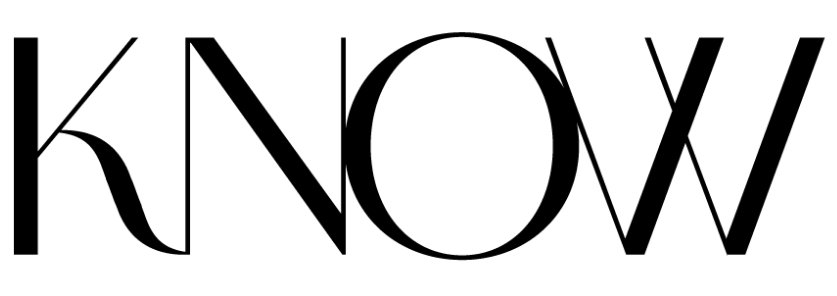
Podcast Playbook Series – Part 4 of 7
How to Create Podcast Content that Converts
By this point in the process, you have defined your podcast niche and premise, set up your podcast brand (the first iteration anyway), and have a clear content creation strategy that will attract the right listeners.
Haven’t done these steps yet? Check out Part 1, Part 2 and Part 3 of this series.
Now it is time to put all of it together to create and record your first podcast episode!
I am not an advocate of overthinking anything – we’re all action-takers here! – but it is useful to plan your approach first.
So in this article, I am going to outline the 3 steps to crafting a really powerful podcast episode.
Step 1: Create a regular structure for your episodes
When I started podcasting, I had no real intention as to how I would structure my episodes. I thought just a great conversation is what will have people wanting to tune in and stay tuned in. Unfortunately… That is not the case.
We spend a lot of time promoting and trying to get people to listen to our podcast and then expect that when they’re there, they’re going to want to keep listening. However, as I’ve found time and again, we need to be intentional at every step of the way to keep “re-enrolling” our audience into staying on with us.
The best way that I have found to do this is to have a relatively consistent structure to my episodes and to lay, what I call, Content Honey Traps throughout.
As a starting point, I will outline the basic formula for you below. However, you will want to test and iterate for your audience.
The First-Timer’s Podcast Episode Structure Formula = Introduction + Intro Music + Story + Value/How-Tos + Outro Music
Let’s break each part of the formula down:
- Introduction – this is one of your first chances on your podcast to entice your listeners to want to stay and listen! Stats show that the largest drop-off will happen during the first 5 minutes of your episode, so you want to make your introduction as impactful as possible. To do this, you want to tell them three things:
- What is in it for them (i.e. what pain point are you solving for or result are you helping them achieve with this episode?). You want to be explicit about the massive value they’re going to get from your episode.
- Why should they listen to you (i.e. what makes you the best person for them to learn from?). A note here: if you are just starting on your own coaching or consulting journey and don’t feel like an “Expert” yet, that is totally ok and completely normal. You want to still show up confident and let them know that the reason they should be listening to you is because you are going on the journey and sharing in real-time all of your learnings so that they don’t make the same mistake as you!
- How this relates to them specifically (i.e. “Can you relate to this…?”). You want the listener to relate to the “hero” in the story (even if it is you) and feel curious about what is to come.
- Intro Music – You will insert the intro music you created when you completed Part 2 of this series.
- Story – Share the story of how you learned or earned the Value/How-tos you will be taking them through on this episode. Sharing this story will help to build your credibility on this topic.
- Value/How-Tos – Share the Value/How-tos. Try to keep this to a maximum of 3 points or steps as the human brain can rarely retain more than that. Keep this to the what level, not the how level.
- Outro Music – You will insert the outro music you created when you completed Part 2 of this series.
Step 2: Outline Your First Episode
Every first episode should be about your story and why you started this podcast, told in a way that makes your listener the hero of the story.
Because ultimately, this is about them.
The reason storytelling is so powerful is because it is at the core of creating connections with your audience.
Whenever you tell a love story, for example, your listener cannot help but think about their own love story. If you tell a story about your first business failure; your listener will be listening to you thinking about their own first business failure.
As humans, we take in stories and feel a connection because we are subconsciously thinking about our own experiences.
When we podcast, we want to bring this to life. So you want to tell your stories, but you make your listener the hero by always bringing it back to them and have them think about their own experiences feeling the same way that you did in those moments.
Given this frame, for your first episode you are going to do the following:
- Introduction (as per Step 1 above)
- Intro Music
- Story – Your Origin Story: what led you to this point, serving in the way you do now? Invite your listeners in at appropriate points by asking them if they’d ever felt the same way, or gone through a similar experience.
- Value/How-Tos – What is your overall framework or strategy that you use to help your clients achieve success?
- Outro Music
Write down your notes for each of these components in the blank pages of this worksheet.
This formula works for every first episode, regardless of whether the show will be interview or solo/monologue format.
Step 3: Hit record!
We’ve done the prep work, it’s now time to hit record!
You can use any audio recording app/software like Zoom, Quicktime or even your phone!
If you have a microphone, now is the time to plug it in!
If you don’t, the good news is that you don’t need one. I didn’t have a microphone when I started podcasting! Just get used to the process and start upgrading your equipment as you get to know what it is you’re looking for.
If you would like a peek at my studio setup, I have created a guide with links to everything I use. Click here to access it.
told in a way that makes your listener the hero of the story.
But please note, this is not necessary when you are first starting out!
Here are some recording tips if you’re new to it!
- Be in a quiet location
- To make editing simpler for yourself, consider recording each component separately.
- If you make any mistakes, don’t worry and keep going! Just clap near your microphone so that you know where you need to edit. Part 4 of this series will show you how to edit any oopsies! out
- You do not need to record your intro and outro music again. Part 4 will take you through the process of inserting the intro and outro music!
- Talk while smiling and bring a high level of energy. Even if you are doing an audio-only podcast, your listeners tell your passion for the topic through your voice and intonation
- Don’t forget to hit the record button! (I once did a whole podcast episode and only realized afterward that I forgot to hit the record button 🤦♀️)
Final note
Don’t worry about trying to make your recording perfect. The goal of this challenge is to get you started, push yourself to try something new, have fun and improve along the way. So, make a quick plan, get comfortable and let the recording roll!
Want a more in-depth walkthrough of the Content Bridge? Click here to listen to my breakdown on the Grow My Podcast Show.
Join the 5 Day Launch Your Podcast Challenge here https://www.capsho.com/know

More About Deirdre
Deirdre Tshien is the Co-founder & CEO of Capsho, the fastest way to repurpose and market your expert content! Capsho is an AI-Powered Content Marketer that helps entrepreneurs who podcast, vlog and livestream create a draft of their episode title & description, social media captions, quotes, emails, blog posts, LinkedIn article and YouTube description so that they can quickly amplify their message, grow their listeners and build their movements! She is the creator of Content Dripping, author of Honey Trap Marketing and host of the Grow My Podcast Show. She is a 2023 Honoree of the 100 Women to KNOW in America. Deirdre is a serial entrepreneur, having founded and led 7 businesses across 5 industries in the last 9 years, and has navigated the entire spectrum of experiences and emotions (the good, the bad and the ugly) that comes with starting, running, closing and exiting businesses. With her hands-on experience in successfully growing her businesses to 6 & 7 figures, she now helps expert entrepreneurs beat obscurity, amplify their message and build their movements!
